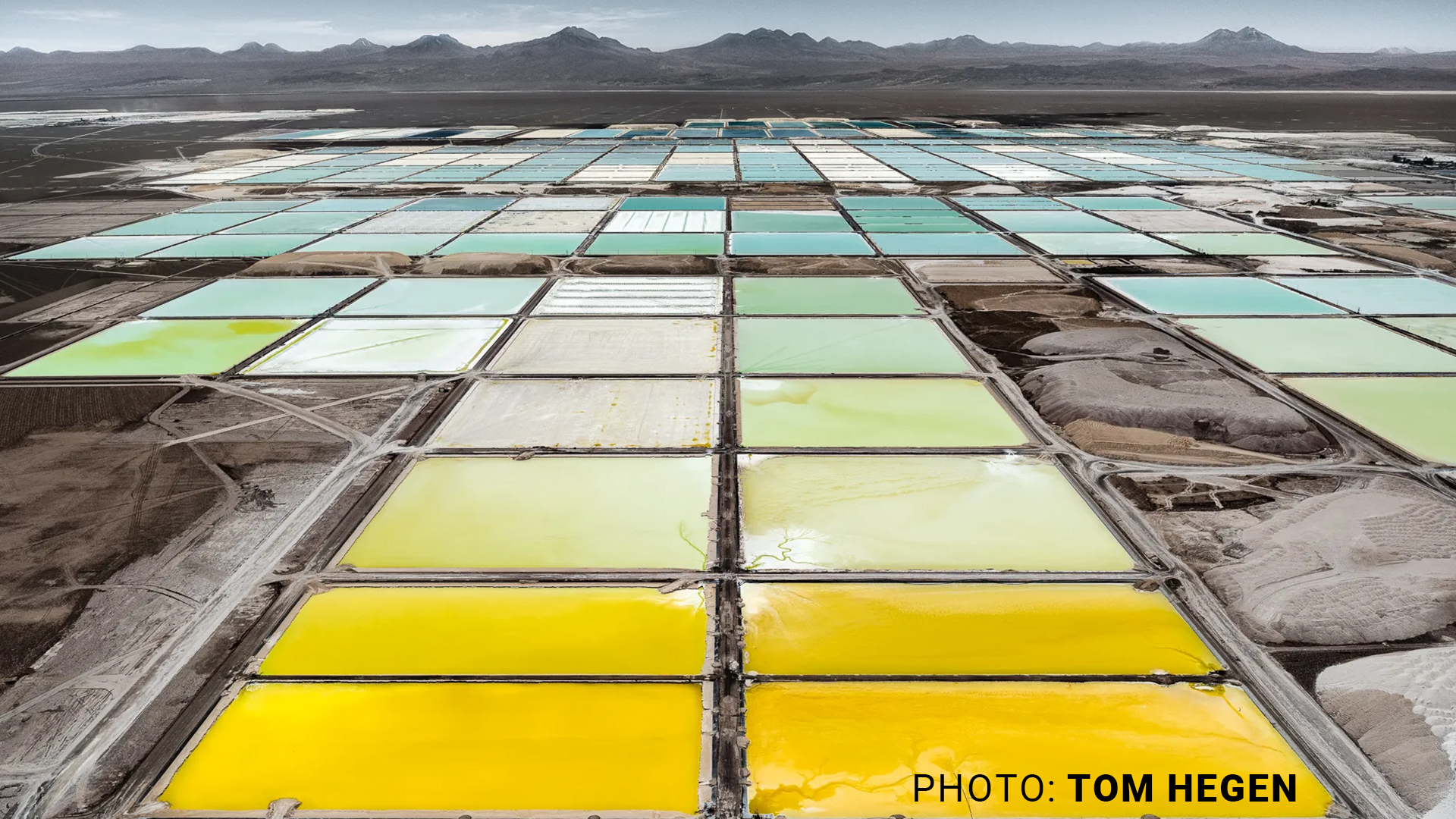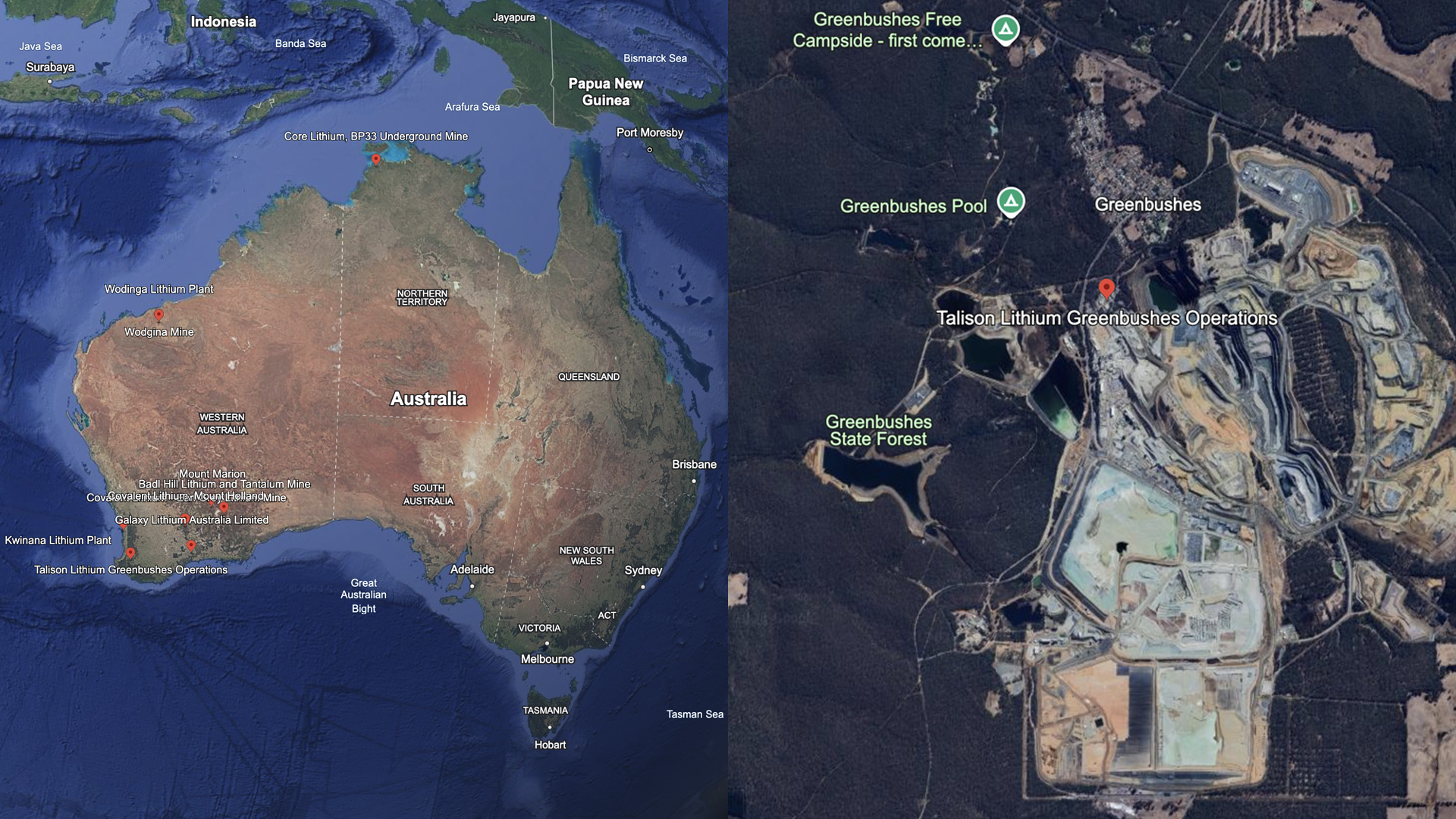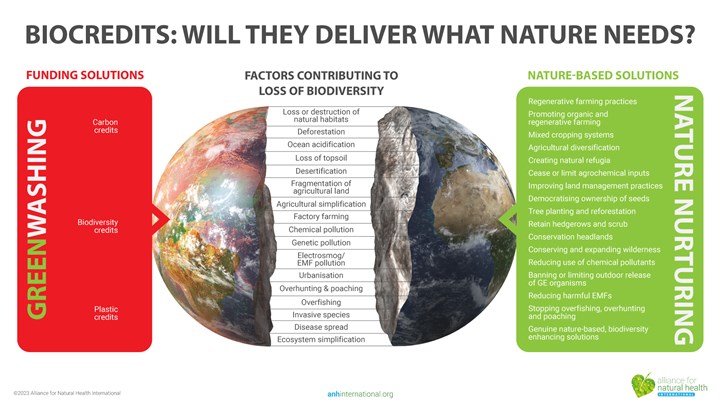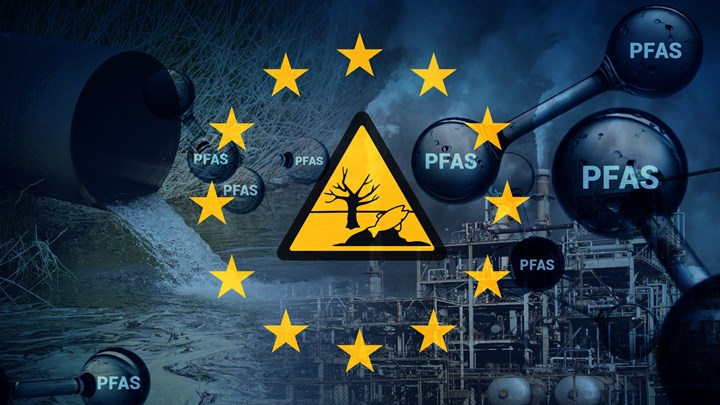Content Sections
by Meleni Aldridge, executive coordinator
Listen the article
Read the article
Chile’s Atacama Desert is hailed as one of the Earth’s most extraordinary places. It’s the driest nonpolar desert on Earth, which stretches across around 600-miles (1,000 kilometres) in a piece of land between the coastal Cordillera de la Costa Mountain range and the Andes Mountains. The entire area is an oasis of geologic formations and has provided scientists with seemingly never-ending research opportunities.
As with so many areas in our wonderous planet, it also has a history of being raped for its minerals. Prior to the 1930s, it was for nitrate minerals that were used in fertilisers and explosives. But more recently other minerals such as lithium, copper and iodine are also being mined.

The beautiful Atacama Desert. Source: Getty images.
Unfortunately, lithium mining is hugely toxic and poses a significant danger to the environment, particularly in South America. Despite the mining industry’s exploration of technological advancements aimed at reducing the industry's ecological footprint, the question remains... Should we continue to rape the earth for lithium in the race to electrify? Do electric vehicles (EVs) do more good than harm? Are the supply chains for the resources needed to electrify our world sufficiently transparent for us to evaluate them properly? Can we really call the move away from fossil fuels towards hyper-electrification another green revolution? None of us are in a position to fully answer these questions as the data required are just not available. But what we do know suggests we should be concerned—very concerned.
Lithium mining: the hidden environmental costs
As the global push towards electrification intensifies, the demand for lithium, a key component in batteries for EVs and renewable energy storage, is skyrocketing. Lithium is often dubbed the “white gold” of the energy revolution. It converts chemical energy into electrical energy very efficiently and is the lightest metal on Earth. We’re repeatedly told that it promises a future free from fossil fuels. However, beneath this so-called promise of a ‘sustainable world’ lies a deeply troubling environmental and social cost, particularly in regions rich in lithium reserves, such as South America’s lithium triangle. A cost that we’re never told about, but that should be mainstream news.

Fig 1: South America's lithium triangle showing the main lithium extraction sites: Salar de Atacama (SDA), Salar del Hombre Muerto (SDHM), Salar de Uyuni (SDU), Salar de Olaroz (SDO), and Salar del Rincon (SDR). Source: Falcone, Morena et al. Life Cycle Assessment of a Lithium-Ion Battery Pack Unit Made of Cylindrical Cells. Batteries. 2022.
Destroying the landscape
Countries like Chile, Argentina, and Bolivia sit atop vast lithium reserves, accounting for over half of the world’s supply. These desert regions host stunning salt flats, including the beautiful, Salar de Atacama in Chile (see SDA in figure 1 above). From the air, lithium fields appear beautiful—vivid blue pools where lithium-rich brine is evaporated under the harsh sun. However, on the ground, this process brings significant environmental consequences.

The lithium field in Chile’s Atacama Desert. Source: https://www.tomhegen.com/collections/the-lithium-series-i
Extracting lithium is a water-intensive process. In Chile's Salar de Atacama, for example, approximately 500,000 gallons of water are needed to produce one metric ton of lithium. This extraction competes with local communities and ecosystems, already strained by water scarcity. Indigenous groups and environmental activists have long raised concerns about the depletion of vital freshwater sources, threatening their traditional ways of life and local biodiversity.
In addition, toxic chemicals are needed to process lithium. The release of such chemicals through leaching, spills or air emissions can harm communities, ecosystems and food production. Lithium extraction inevitably harms the soil and also causes air contamination.
Environmental Degradation
Beyond water usage, lithium mining has broader ecological ramifications. The brine extraction process disrupts the delicate balance of salt flats and can lead to land subsidence. The drying up of freshwater sources impacts wildlife, including flamingos that rely on the region’s saline lakes. Furthermore, chemical leaks and waste can contaminate soil and groundwater, threatening local agriculture and livelihoods.
The environmental impact is not limited to South America. In Australia, the world's largest lithium producer, open-pit mining techniques create vast scars in the landscape, accompanied by dust and habitat destruction. In both regions, the infrastructure needed to support large-scale mining can also fragment ecosystems and contribute to greenhouse gas emissions, offsetting some of the benefits of the green energy it’s meant to support.

Australia’s lithium mining. Source: Google Earth. (This map includes data from: Data SIO, NOAA, U.S. Navy, NGA, GEBCO Landsat / Copernicus U.S. Geological Survey PGC/NASAIBCAO imagery from the dates: 30/11/1998–01/01/2021. Note, some visible imagery has unknown date information.)
Whether you subscribe to the carbon argument or not, it’s noteworthy that once in operation a ‘clean’ EV is meant to reduce one’s carbon footprint, but making the lithium-ion batteries can emit 74% more CO2 than a conventional petrol car. Looking at this dirty little secret another way, German data shows that a car owner could drive a gas-guzzler for more than 50,000 km or 3.5 years and still beat a car with a 30 kWh battery on carbon emissions. That’s one of the smallest car batteries on the market. It depends on where you’re driving and what’s powering the grid, e.g. coal or nuclear power, but you get the idea. We’re not being told the full story, yet EVs are being pushed heavily on an unsuspecting public.
Also, current levels of lithium collection in the EU are very low. In the case of batteries, this amounts to an estimated 5% of the lithium-ion batteries put on the European market. Most of the current lithium is either dumped in landfill or incinerated, contributing to Europe’s dependency on lithium supply. Both also contributing to land, water and air pollution.
Can the mining of the future offer a technological solution?
To give them their due, the mining industry is beginning to address these concerns by embracing technological advancements aimed at reducing environmental damage. Companies are exploring innovations like water recycling, more efficient extraction techniques, and the use of artificial intelligence to minimise the ecological footprint of mining operations.
Lithium brine operations are also looking into direct lithium extraction (DLE) technologies, which could potentially reduce water consumption by extracting lithium directly from the brine without the need for large evaporation ponds. This method, still in its experimental phase, could cut down water use and environmental degradation.
Dwindling incentives and public responsibility
Governments seem to still be intent on pushing the EV agenda. Yet, in the UK, the financial incentives are starting to look a little less appealing. EV owners, previously exempt, will have to pay road tax from April 2025, albeit at a lower level, but then in December 2025, they’ll also become liable for London’s congestion charge at £15 per day. Falling demand for EVs in the UK are leaving a growing number of drivers in negative equity The Telegraph revealed yesterday. Much of this is being blamed on the steep discounts offered on new vehicles as manufacturers try to boost sales to hit legally binding government targets. Car fleet operators admit to having to swallow large losses when reselling EVs because of accelerated, exceptional depreciation. This makes them much less attractive to personal buyers. Who wants a car that doesn't hold its value?
As the electrification revolution continues to unfold, the question remains: how do we power the future without compromising the planet and all the beings who inhabit it?
One answer is that a great deal more investment and focus needs to be spent on creating a robust recycling infrastructure. Another, that indigenous communities, environmental organisations, and the mining sector must collaborate to find solutions that respect both people and the planet, but also that end users need to be told the truth about the real cost of going electric.
Add regulatory frameworks, stricter environmental standards, and investments in cleaner technologies, that are all essential to mitigate the impact of lithium extraction.
We have to stop the world’s transition to non-fossil fuel, so-called renewable energy coming at the expense of the ecosystems and communities that depend on the land from which lithium is extracted. We, the public, need to push for much greater transparency on supply chains, to understand the impacts of wasteful consumption of luxury items, including electronic goods, and stop taking things at face value. We need to think twice, or maybe three or four times, before we blindly buy the latest car or gadget that's claimed to be a solution to the environmental catastrophe that's often defined only in terms of carbon. If the latest tech includes lithium, that's more important than ever.
>>> If you’re not already signed up for the ANH International weekly newsletter, sign up for free now using the SUBSCRIBE button at the top of our website – or better still – become a Pathfinder member and join the ANH-Intl tribe to enjoy benefits unique to our members.
>> Feel free to republish - just follow our Alliance for Natural Health International Re-publishing Guidelines
>>> Return to ANH International homepage







Comments
your voice counts
18 October 2024 at 11:38 am
The video https://www.youtube.com/watch?v=nWOUzfwg-ag&t=449s (watch from 7.00 onward) has an interview with David Blackmore, a scientist employed by Shell, whose research team achieved more than 1,000 mpg by the late 1970s. If this sounds pretty far-fetched, the current world record for fuel economy is 31,000 mpg.
Your voice counts
We welcome your comments and are very interested in your point of view, but we ask that you keep them relevant to the article, that they be civil and without commercial links. All comments are moderated prior to being published. We reserve the right to edit or not publish comments that we consider abusive or offensive.
There is extra content here from a third party provider. You will be unable to see this content unless you agree to allow Content Cookies. Cookie Preferences